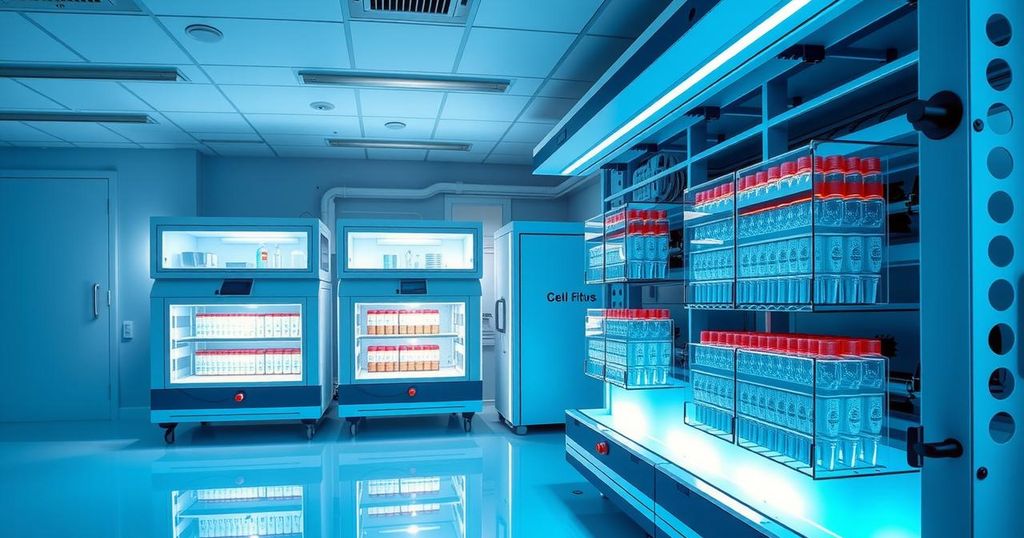Iran has developed a pioneering biotechnology system for preserving tissue, cells, and DNA samples, enhancing their long-term viability. This method includes extracting fibroblast cells and utilizing cryogenic storage at ultra-low temperatures to prevent genetic degradation. The technology is valuable for genetic research and preservation efforts.
Iran has made significant advancements in biotechnology by introducing a sophisticated system for the preservation of tissue, cell, and DNA samples. According to reports by Iran Press, a collaborator of TV BRICS, this innovative technology enhances the long-term viability of biological materials, crucial for future genetic research, selective breeding, and cloning endeavors.
The research team has devised a method that involves extracting fibroblast cells from live tissue, which are then preserved under highly controlled conditions. This approach ensures that samples remain intact, supporting efforts to maintain precious genetic resources needed for restoring rare breeds and potentially reviving extinct species.
Central to this preservation technique is cryogenic storage, which maintains biological samples at extremely low temperatures, typically -196°C using liquid nitrogen. This process effectively halts biological activity, thereby preventing genetic degradation and allowing for minimal loss of viability during long-term storage.
This technological advancement presents significant benefits for genetic researchers, breeders, and livestock owners who are focused on preserving valuable genetic lines for future generations. The ability to safeguard these genetic resources represents a remarkable step forward in biotechnological applications in Iran.
The introduction of advanced cell storage technology in Iran marks a pivotal development in genetic preservation. By utilizing cryogenic storage and innovative methods to maintain the viability of biological materials, this advancement not only aids in the conservation of valuable genetic resources but also has the potential to support efforts in species restoration and cloning initiatives, thereby benefiting diverse fields such as agriculture and biodiversity restoration.
Original Source: tvbrics.com






